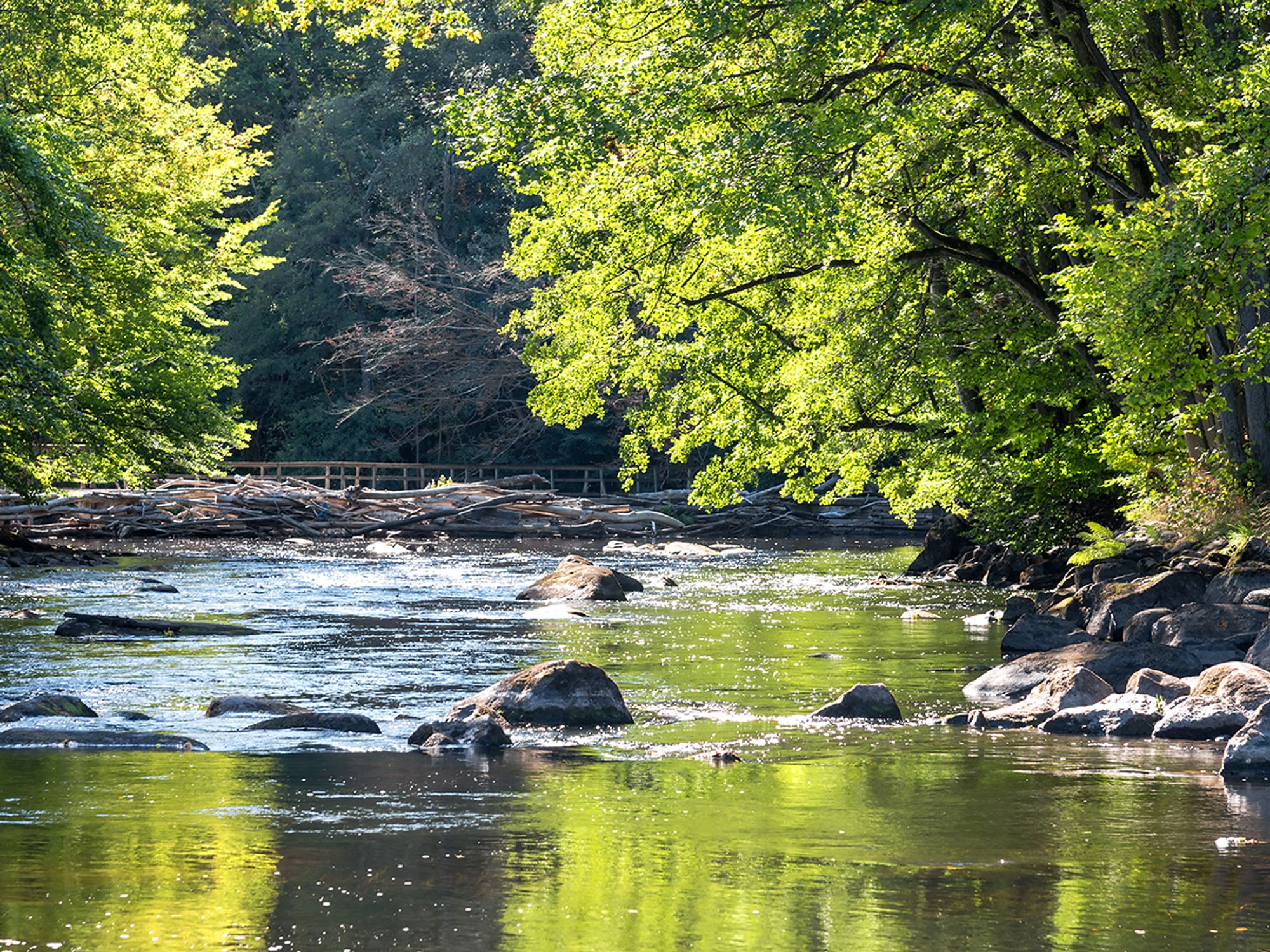The Clean Water Rule and WOTUS

- WOTUS was intended to define the scope of waters that are covered by the federal CWA.
- Intermittent features, unlike ephemeral features, may be considered waters of the United States.
On June 29, 2015, the Environmental Protection Agency (EPA) and the U.S. Army Corps of Engineers published the “Clean Water Rule: Definition of Waters of the United States,” also known as WOTUS. The rule was intended to define the scope of waters that are covered by the federal Clean Water Act (CWA).
The Clean Water Rule did not establish any regulatory requirements. Instead, it attempted to clarify the scope of “waters of the U.S.” consistent with the CWA, Supreme Court precedent, and science. This definition of WOTUS matters because many regulatory programs that fall under the scope of the federal Clean Water Act only apply when there is the possibility of impacting a water of the United States.
CWA programs that rely on the definition of waters of the U.S. include:
- The National Pollutant Discharge Elimination System (NPDES)
- Section 404 permit program for discharge of dredged materials (wetlands permitting)
- Oil spill prevention and response programs (Spill Prevention, Control, and Countermeasure (SPCC) and Facility Response Plans (FRPs))
The rule has had a rocky history over the years marked by shifting definitions, executive orders, legal appeals, and Supreme Court rulings. On January 23, 2020, EPA and the U.S. Army Corps of Engineers (ACOE) finalized the Navigable Waters Protection Rule to define waters of the United States. However, in August 2021, EPA and ACOE announced they have stopped implementation of the Navigable Waters Protection Rule as a result of an Arizona District Court case. The ruling has reprioritized previously announced plans to rework the definition of WOTUS and replace the Navigable Waters Protection Rule.
For the time being, the agencies will be using the pre-2015 interpretation of WOTUS found in 40 CFR 230.3(s):
- All waters which are currently used, or were used in the past, or may be susceptible to use in interstate or foreign commerce, including all waters which are subject to the ebb and flow of the tide;
- All interstate waters including interstate wetlands;
- All other waters such as intrastate lakes, rivers, streams (including intermittent streams), mudflats, sandflats, wetlands, sloughs, prairie potholes, wet meadows, playa lakes, or natural ponds, the use, degradation or destruction of which could affect interstate or foreign commerce including any such waters:
- Which are or could be used by interstate or foreign travelers for recreational or other purposes; or
- From which fish or shellfish are or could be taken and sold in interstate or foreign commerce; or
- Which are used or could be used for industrial purposes by industries in interstate commerce;
- All impoundments of waters otherwise defined as waters of the United States under this definition;
- Tributaries of waters identified in paragraphs (s)(1) through (4) of this section;
- The territorial sea;
- Wetlands adjacent to waters (other than waters that are themselves wetlands) identified in paragraphs (s)(1) through (6) of this section; waste treatment systems, including treatment ponds or lagoons designed to meet the requirements of CWA (other than cooling ponds as defined in 40 CFR 423.11(m) which also meet the criteria of this definition) are not waters of the United States.
Waters of the United States do not include prior converted cropland. Notwithstanding the determination of an area’s status as prior converted cropland by any other federal agency, for the purposes of the Clean Water Act, the final authority regarding Clean Water Act jurisdiction remains with EPA.
A note on ephemeral vs. intermittent
Ephemeral means surface water flowing or pooling only in direct response to a rain or snow event. Ephemeral features are not waters of the United States.
Intermittent means surface water flowing continuously during certain times of the year and more than in direct response to a rain or snow event. Intermittent features may be waters of the United States.
